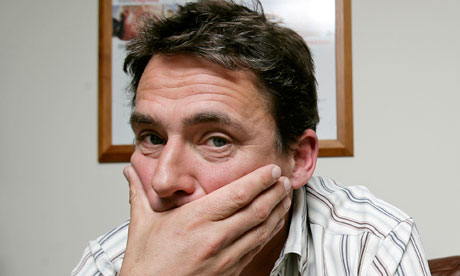"The key light is the first and usually most important light that a photographer, cinematographer, lighting cameraman, or other scene composer will use in a lighting setup. The purpose of the key light is to highlight the form and dimension of the subject. The key light is not a rigid requirement; omitting the key light can result in a silhouette effect. Many key lights may be placed in a scene to illuminate a moving subject at opportune moments."

Fill Lighting:
"Fill light (often simply fill) may be used to reduce the contrast of a scene and provide some illumination for the areas of the image that are in shadow. A common lighting setup places the fill light on the lens axis, roughly perpendicular to the key light. The fill light is often softer and, by definition, less intense than the key light."
 |
| 'K' = Key light. 'F' = Fill light |
Back Lighting:
"Backlighting refers to the process of illuminating the subject from the back. In other words, the lighting instrument and the viewer are facing towards each other, with the subject in between. This causes the edges of the subject to glow, while the other areas remain darker. The backlight can be a natural or artificial source of light. When artificial, the back light is usually placed directly behind the subject in a 4-point lighting setup.
A back light, which lights foreground elements from the rear, is not to be confused with a background light, which lights background elements (such as scenery)."

High Key:
"High-key lighting is a style of lighting for film, television, or photography that aims to reduce the lighting ratio present in the scene. This was originally done partly for technological reasons, since early film and television did not deal well with high contrast ratios, but now is used to suggest an upbeat mood. It is often used in sitcoms and comedies. High-key lighting is usually quite homogeneous and free from dark shadows."

Rim Lighting:
"Occurs when the main light is placed behind the subject so that the subject's face is completely in shadow, but there is a rim of light around the subject's head, like the corona in a full eclipse. Rim lighting is often used when making profile portraits. Rim lighting is the same as backlighting."

Chiaroscuro Lighting:
Chiaroscuro lighting emphasizes the contrast of light and dark to give an illusion of depth and to create volume. The term "chiaroscuro" was coined during the Renaissance to describe its use by painters---"chiaro" meaning light and "scuro" meaning dark. The concept is the same whether the artist is a photographer, a painter, or a lighting consultant for theater or film---light is used to create bold contrast.

